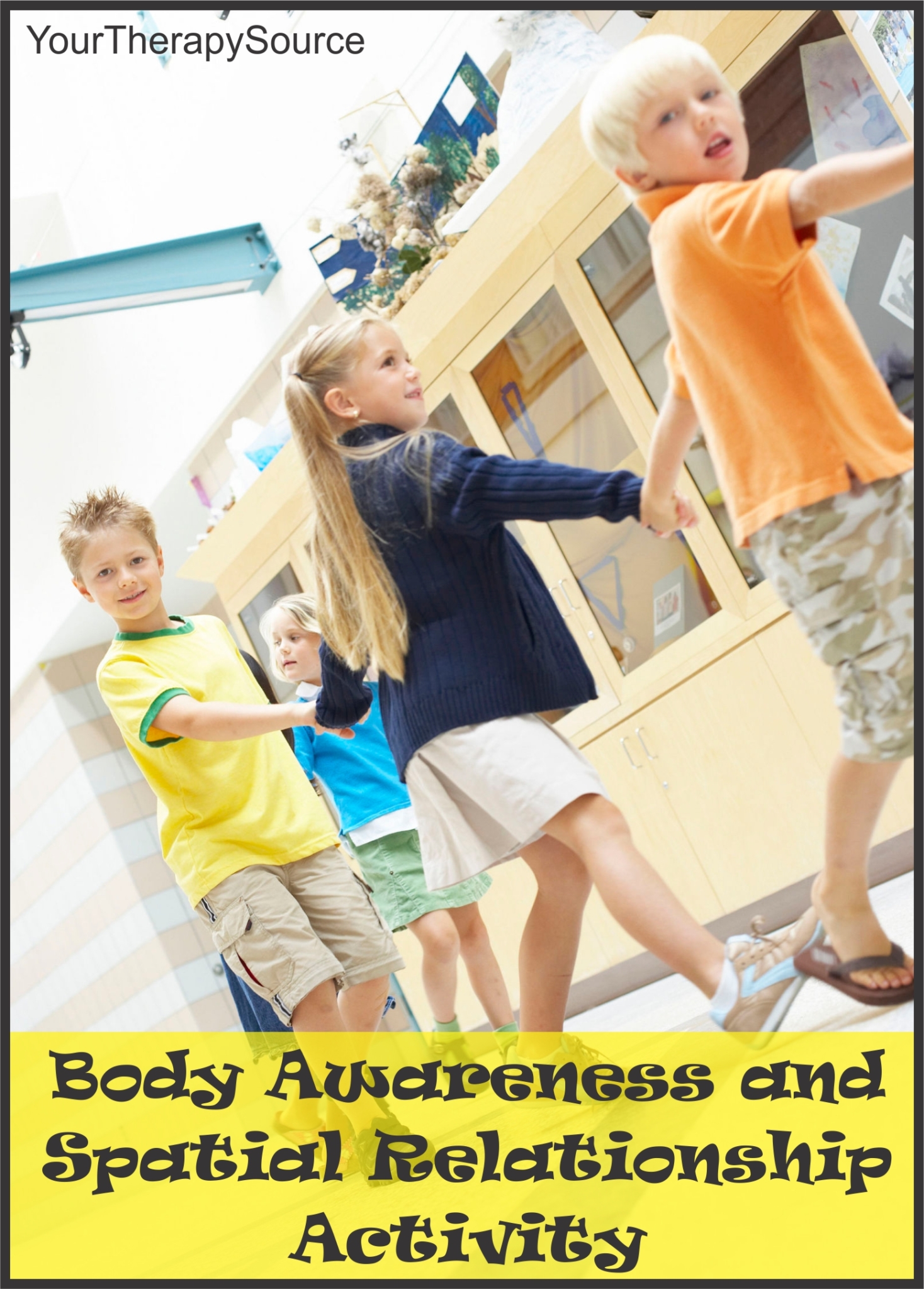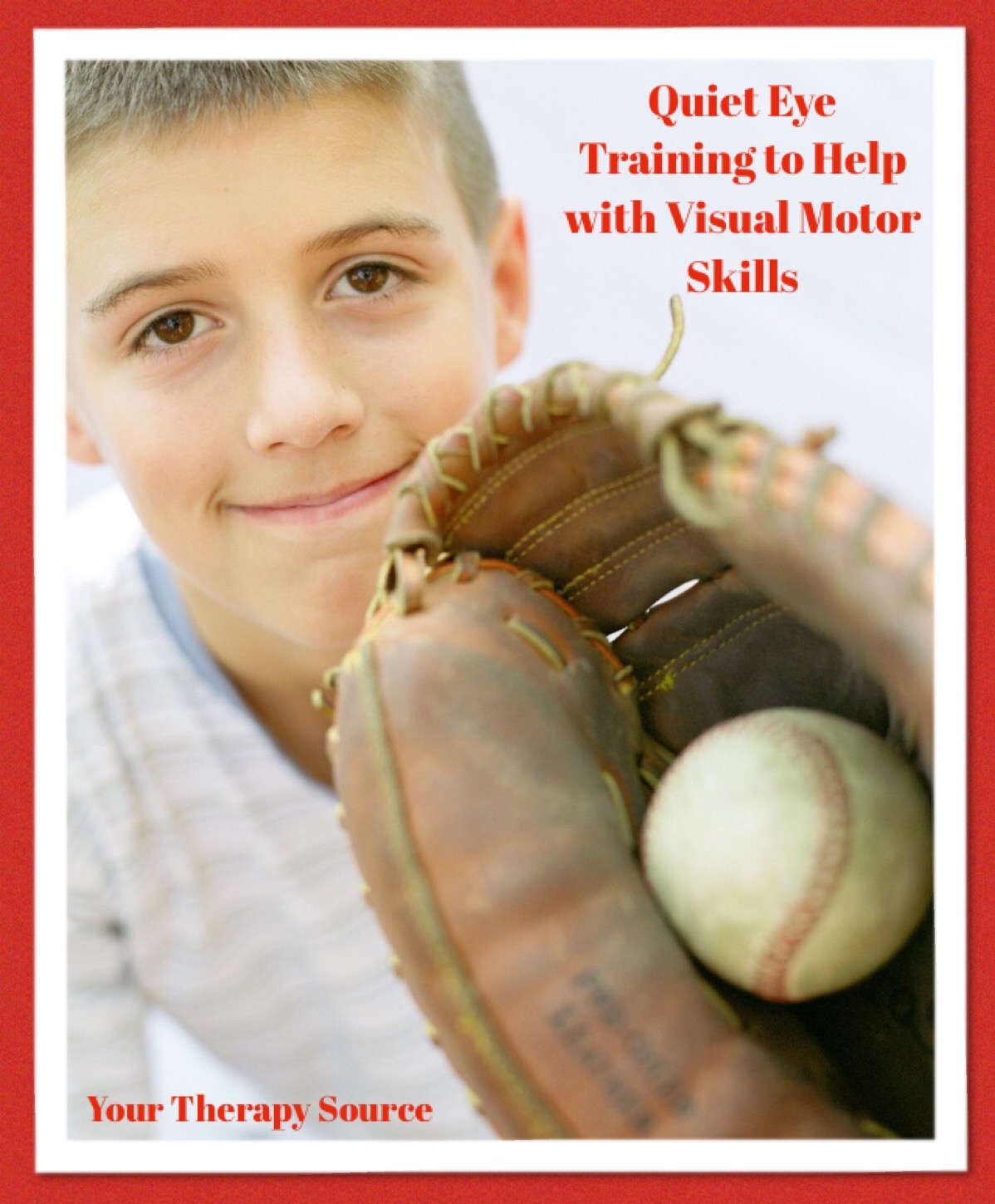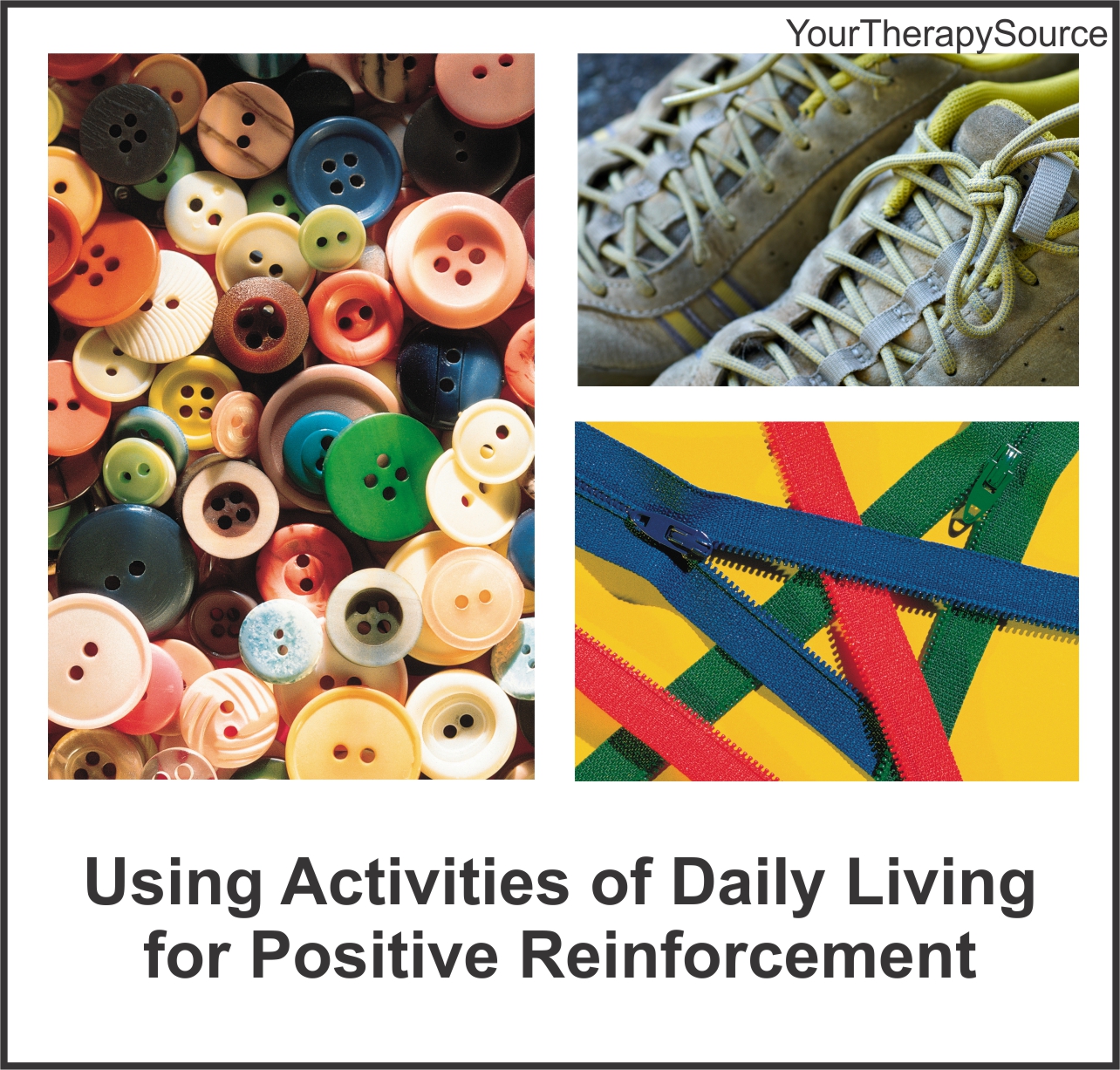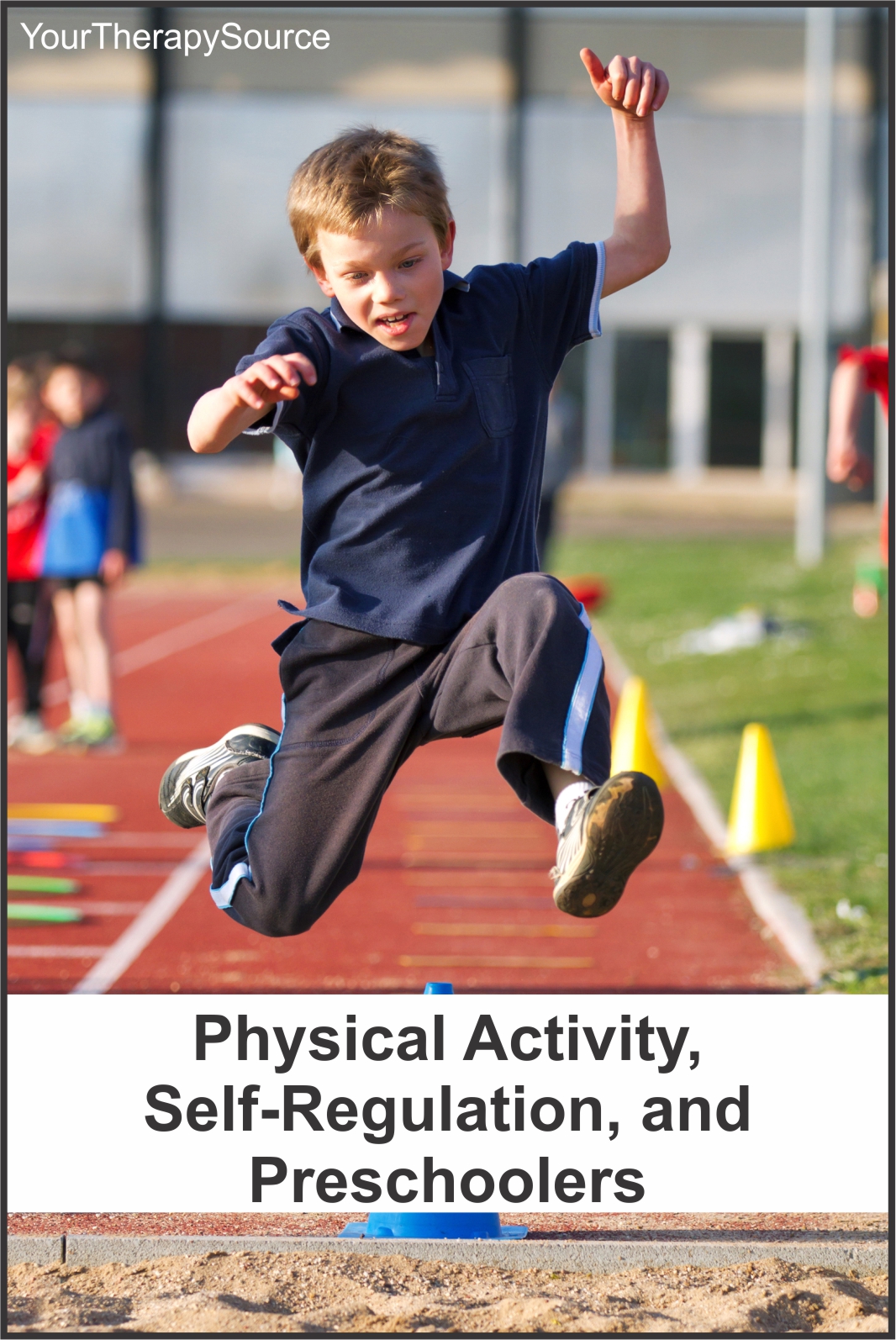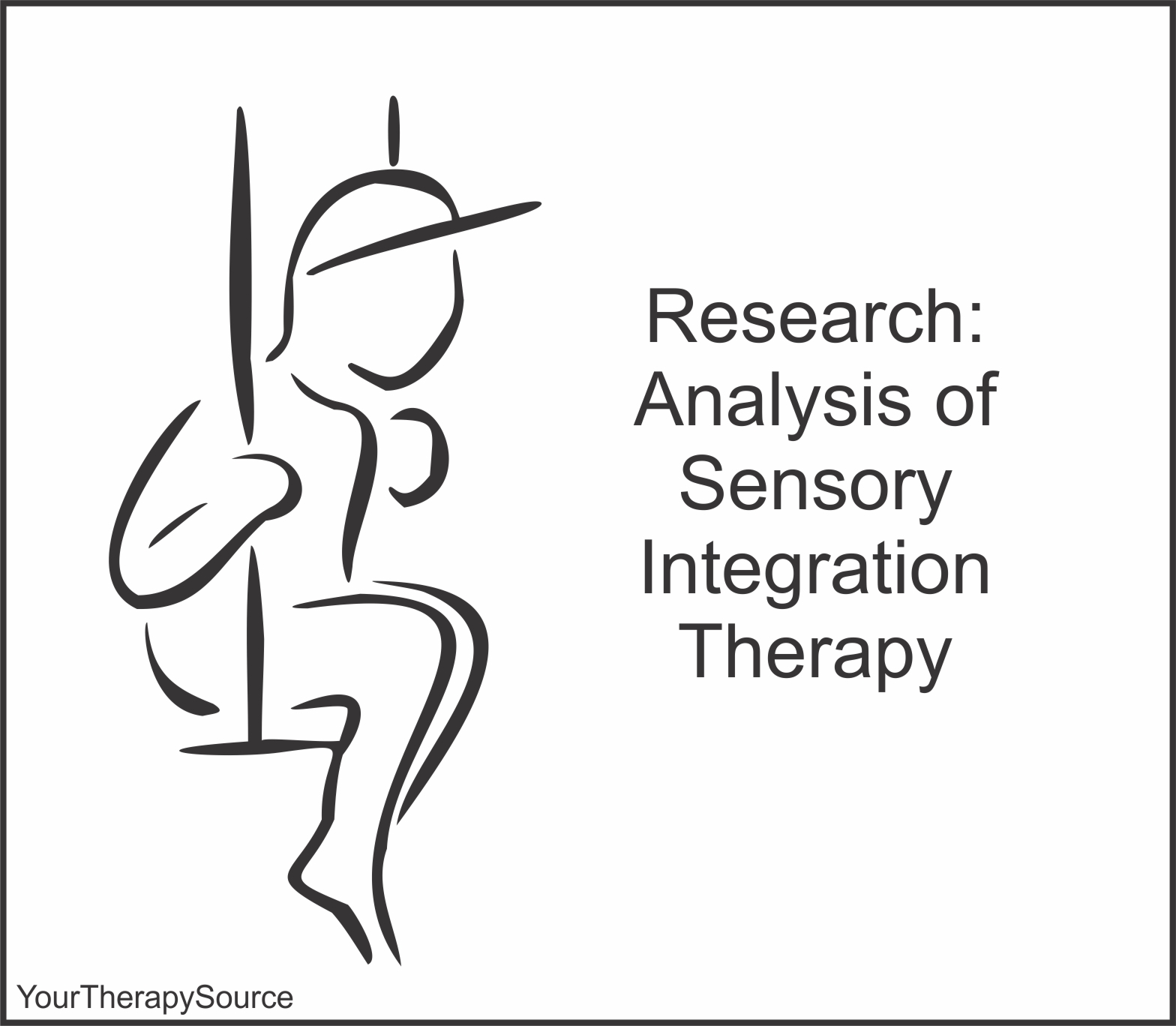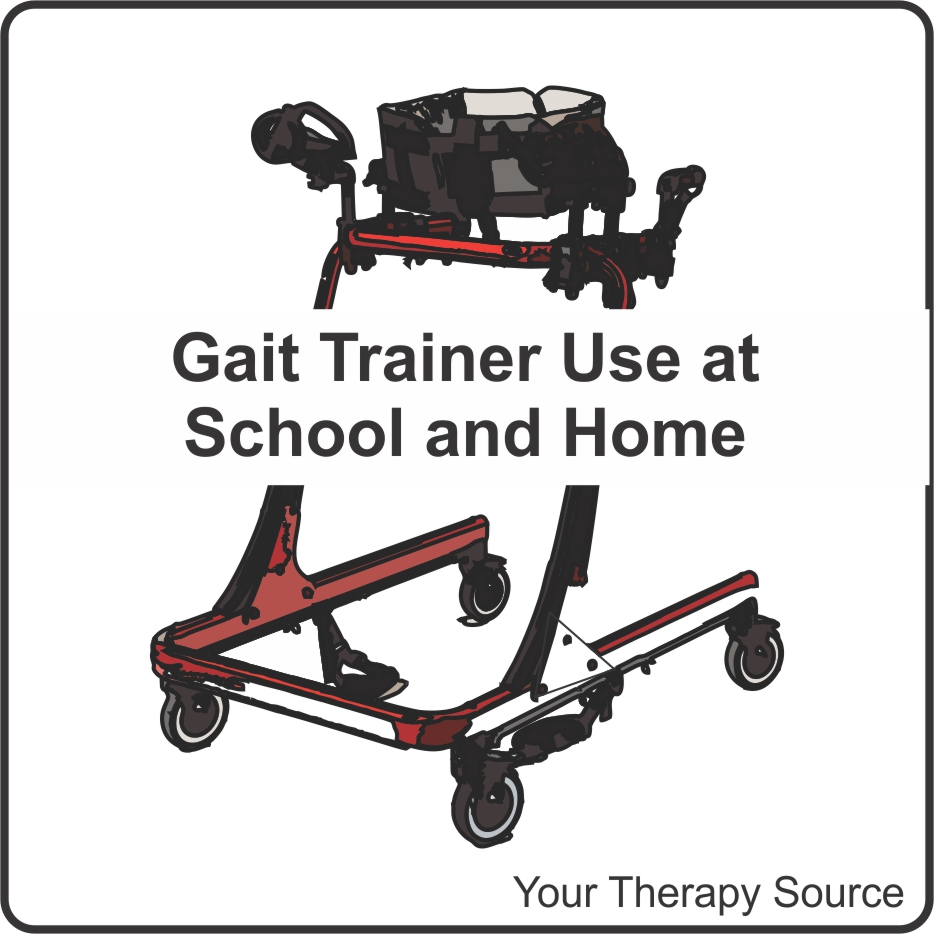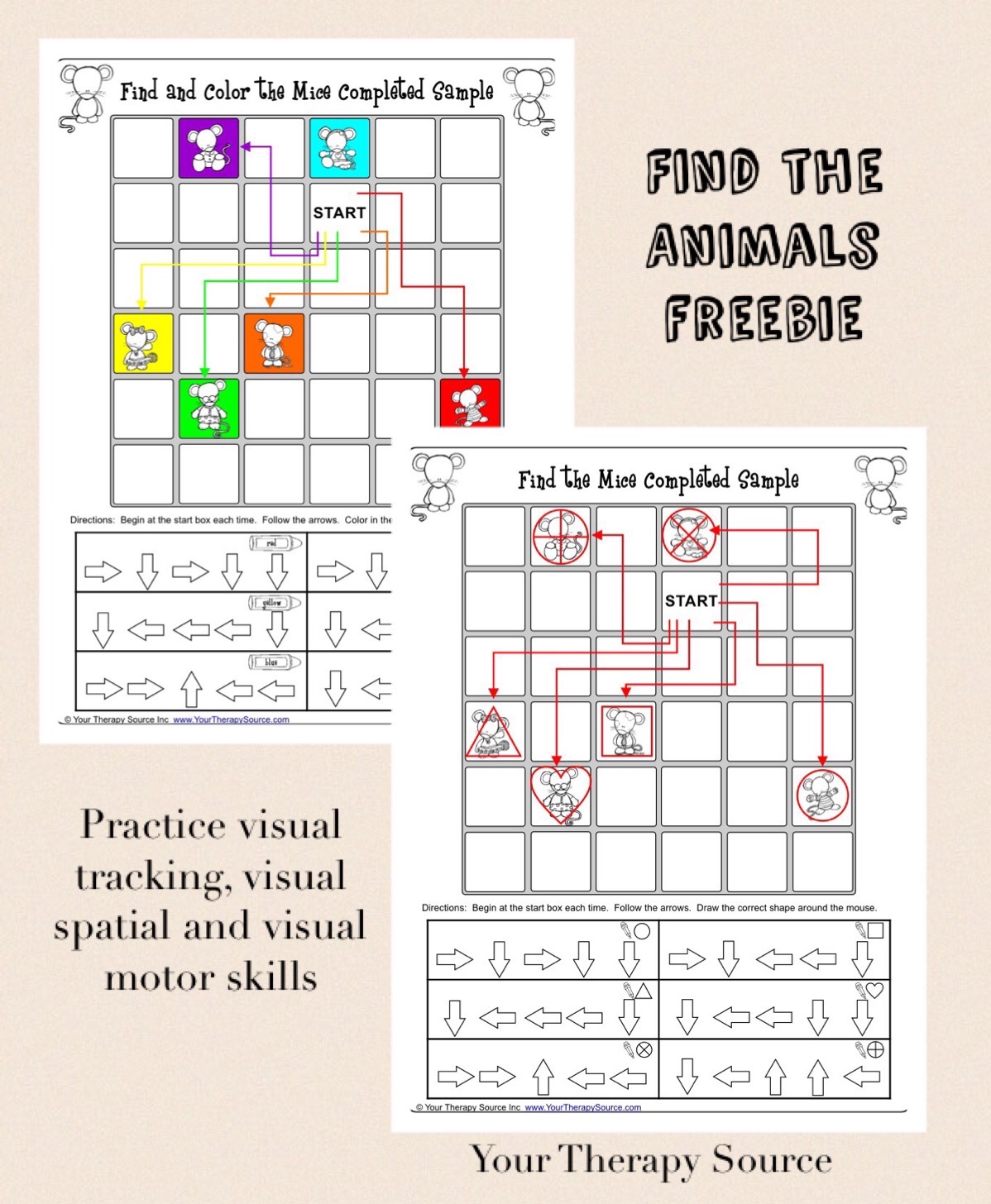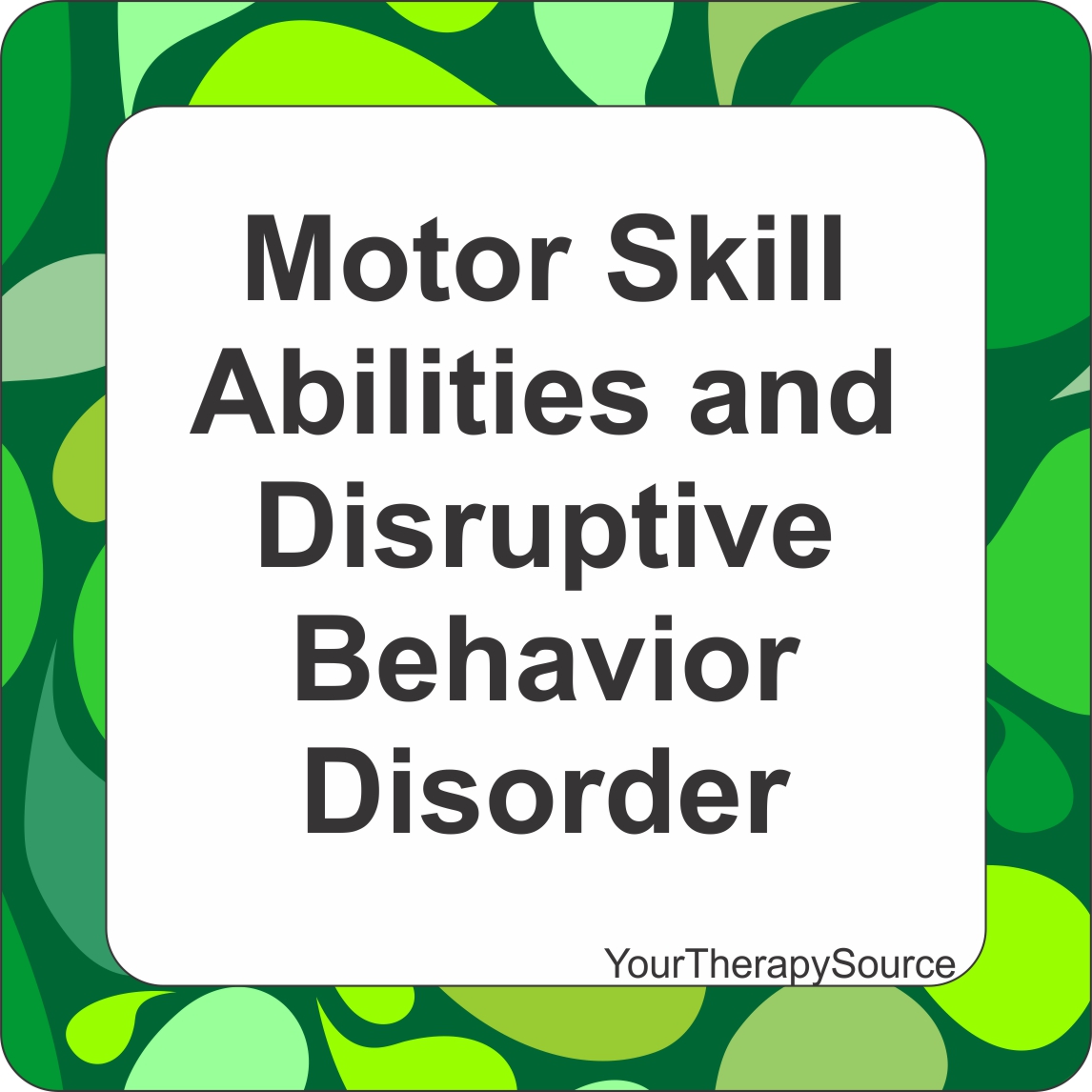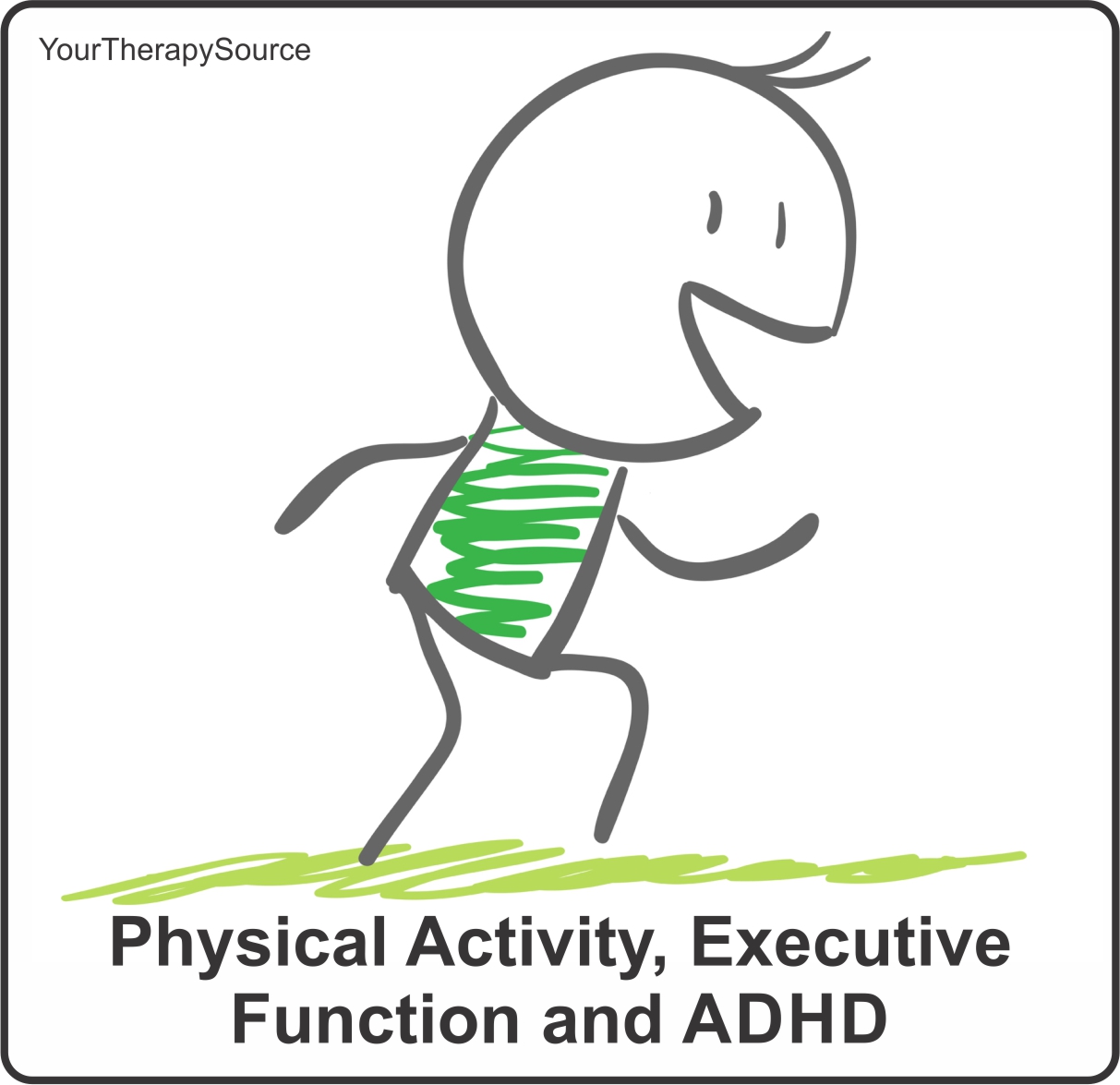Body Awareness and Spatial Relationship Activity
Need a quick body awareness and spatial relationship brain break that combines estimation with movement and motor planning? Here is a simple activity that helps students to understand spatial relationships to objects in the classroom. Start out with each student standing up next to their desk. Have them guess how many baby steps it will […]

